Mechanism of Tattoos
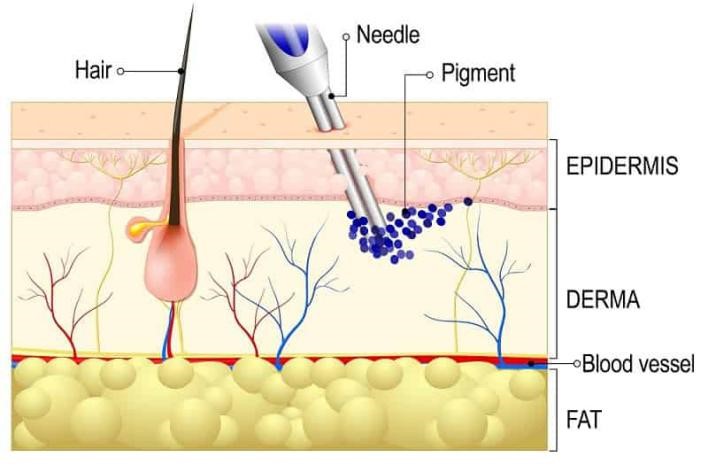
During the tattooing process, the pivotal factors are the interaction between two primary layers of the skin and the precise placement of the ink. The outermost layer, known as the epidermis, assumes responsibility for the regular regeneration of skin cells. In order for a tattoo to achieve permanence, the ink necessitates permeating the epidermis and reaching the underlying dermis layer. This is facilitated by the distinctive design of tattoo needles, which are comprised of multiple fine needles and leverage capillary action to retain the ink before depositing it into the dermis. Throughout the tattooing procedure, these needles penetrate the skin at a rate ranging from 50 to 3,000 times per minute, thereby injecting the ink into the dermis and initiating the formation of a wound.

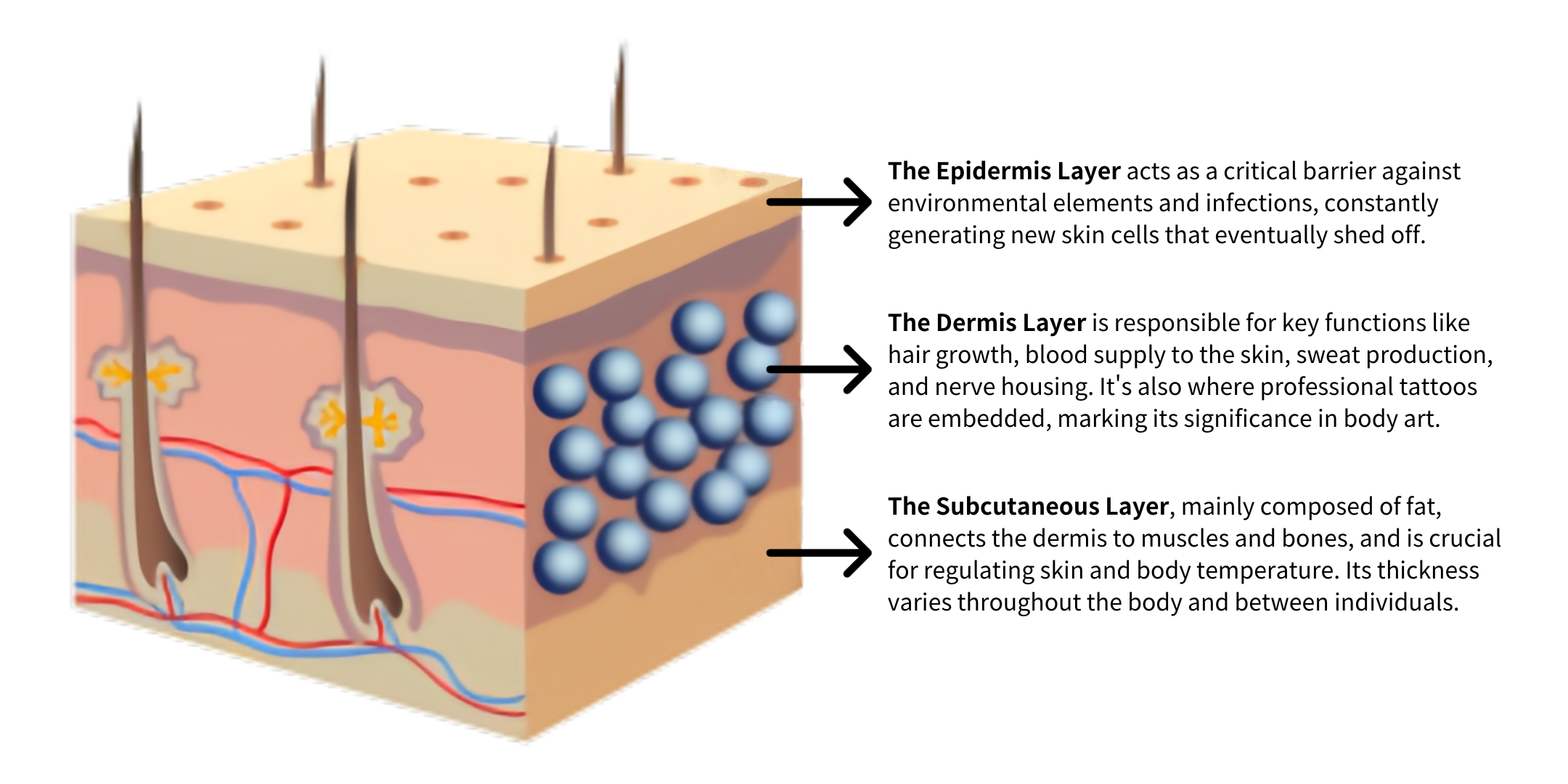
During the procedure of tattooing, the skin is pierced, prompting the body's immune response. Consequently, immune cells are recruited to the tattooed area with the aim of identifying and eliminating the foreign ink particles. More specifically, both macrophages and white blood cells continuously endeavor to eliminate the ink particles by engulfing them. As a result, tattoos naturally fade to some extent over time. Nevertheless, tattoos remain permanent due in part to the fibroblasts in the dermis absorbing residual ink. Additionally, the size of the foreign ink particles typically surpasses the clearance capacity of white blood cells, thus preventing complete elimination of all ink particles by these immune cells.
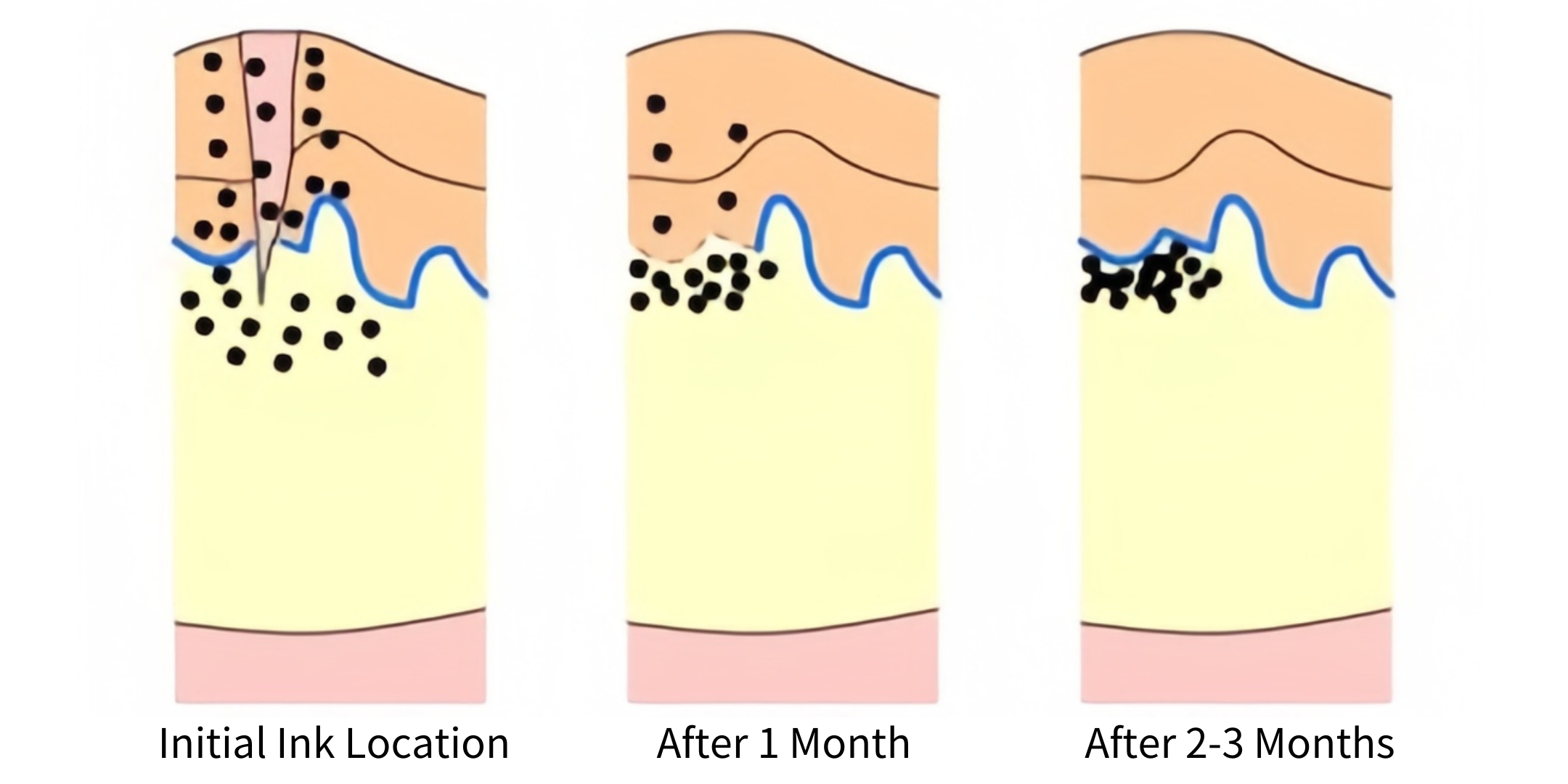
Common Treatment Equipment & Principles
Q-Switched
Q-switched lasers represent the forefront of laser technology in the realm of tattoo removal. The term 'Q-switching' refers to a sophisticated mechanism that enables the laser to emit pulses of light with an ultra-short duration in the nanosecond range. This feature is pivotal in allowing the laser to penetrate the skin layers effectively and target the tattoo ink. The rapid light pulses interact with the ink pigments, causing them to fragment into smaller particles. Q-switched lasers are categorized based on the specific type of medium used, with each variant exhibiting a particular efficacy in fragmenting certain ink colors and pigments. The primary types include the Q-switched Nd:YAG laser, Q-switched Alexandrite laser, and Q-switched Ruby laser. Each type is tailored to target specific ink colors more effectively, making them a versatile tool in the tattoo removal process.
Picosecond
Picosecond lasers represent a more recent and advanced evolution in laser technology for tattoo removal. Characterized by their ability to emit light in extremely brief bursts - on the order of a trillionth of a second - these lasers offer enhanced precision and efficacy. The rapidity of the light pulses from Picosecond lasers allows for a more intense impact on the ink particles, breaking them down more efficiently compared to traditional laser systems. This efficiency is particularly notable in the removal of stubborn ink colors and complex tattoo designs. Due to their advanced operational mechanics, Picosecond lasers are increasingly recognized for their ability to effectively eradicate a broader spectrum of tattoo colors and inks, often yielding superior results in terms of clearance and reduced treatment sessions.
|
Feature |
Q-Switched Lasers |
Picosecond Lasers |
|
Pulse Duration |
Nanosecond range (billionths of a second) |
Picosecond range (trillionths of a second) |
|
Effectiveness |
Effective in fragmenting various ink pigments. especially dark colors |
Highly effective in breaking down a broader range of ink colors, including stubborn and bright colors |
|
Technology |
Established, widely used Technology |
Advanced, more recent technology |
|
Precision |
High precision in targeting ink particles |
Higher precision due to shorter pulse duration, leading to more efficient ink breakdown |
|
Treatments Needed |
May require more sessions for complete removal |
Often requires fewer sessions for complete removal |
|
Skin lmpact |
Potential for more thermal damage to surrounding tissue |
Reduced thermal damage and potential for less scarring |
|
Ink Targeting |
Specific types (Nd:YAG, Alexandrite, Ruby) target different ink colors |
More universally effective across a wide range of ink colors |
|
Cost |
Generally lower cost per |
Typically higher cost per session due to advanced technology |
Precautions During Treatments
1. Consultation with a Qualified Professional: Before undergoing treatment, consult with a dermatologist or a certified laser treatment professional. They can assess your tattoo and skin type, and recommend the most suitable removal method.
2. Skin Type and Tattoo Assessment: Different skin types and tattoo pigments respond differently to laser treatment. Provide a detailed history of your tattoo, including age, ink colors, and whether it was done professionally.
3. Patch Testing: A patch test may be conducted to observe how your skin reacts to the laser, reducing the risk of adverse reactions during full treatment.
4. Avoid Sun Exposure: Protect the tattoo area from sun exposure before and after treatment. Sunburned or tanned skin can increase the risk of side effects such as blistering and discoloration.
5. Follow Pre-Treatment Instructions: Adhere to any pre-treatment advice given by your practitioner, which may include avoiding certain medications or skincare products that could affect treatment outcomes.
6. Post-Treatment Care: Follow post-treatment instructions carefully. This may include applying ice to reduce swelling, using prescribed ointments, keeping the area clean, and avoiding picking at scabs or blisters.
7. Avoid Certain Activities: Post-treatment, avoid activities that can irritate the treated area, such as swimming in chlorinated water, using saunas, or excessive exercise.
8. Be Aware of Potential Side Effects: Understand the potential side effects, which can include redness, swelling, blistering, hyperpigmentation, hypopigmentation, and scarring.
9. Realistic Expectations: Have realistic expectations about the number of sessions needed and the possible outcome. Complete removal without any scarring or color change is not always possible.
10. Regular Follow-Up Appointments: Attend follow-up appointments as recommended to assess progress and determine if additional sessions are needed.
Menu
Recommended for you
Comprehensive Guide to K6 PICO LASER Tattoo Removal
Does laser treatment have radiation effects?
Types & Causes of Pigmentation
Unlocking Smooth Skin: How Often to Use Your Hair Laser Removal Machine
FAQs
Can we accept a customized logo on the product and OEM packing?
Yes, OEM packing and printing logos are available.
How many kinds of payment terms do you have?
We accept Western Union, Money Gram, T/T, and TradeAssurance.
What are the lead time and transportation modes?
According to quantity and production schedule, small quantities are usually 7-15 days, and large orders are generally 25-30 days. According to the customer's needs, land, ship, and air transportation are all available.
Do we have any certificates?
Yes, our products have CE ISO 13485 certificates.
What should I do if I don't know how to use the machine?
We provide guidance videos and user manuals for your reference. In addition, you can also apply for free clinical operation guidance and 24-hour online services from us.
You may also like
CIELLULU Q-Switched ND:YAG Laser LIFFAN K6
CIELLULU K3 Diode Laser 4 Wavelength 808 755 940 1064nm Hair Removal Machine
CIELLULU MULA K2 Broad Band Light DPL beauty machine for skin care and hair removal
If you have any comments or good suggestions, please leave us a message. Later, our professional staff will contact you as soon as possible.
Copyright © 2024 CIELLULU All Rights Reserved. | Privacy Policy • Terms and Conditions

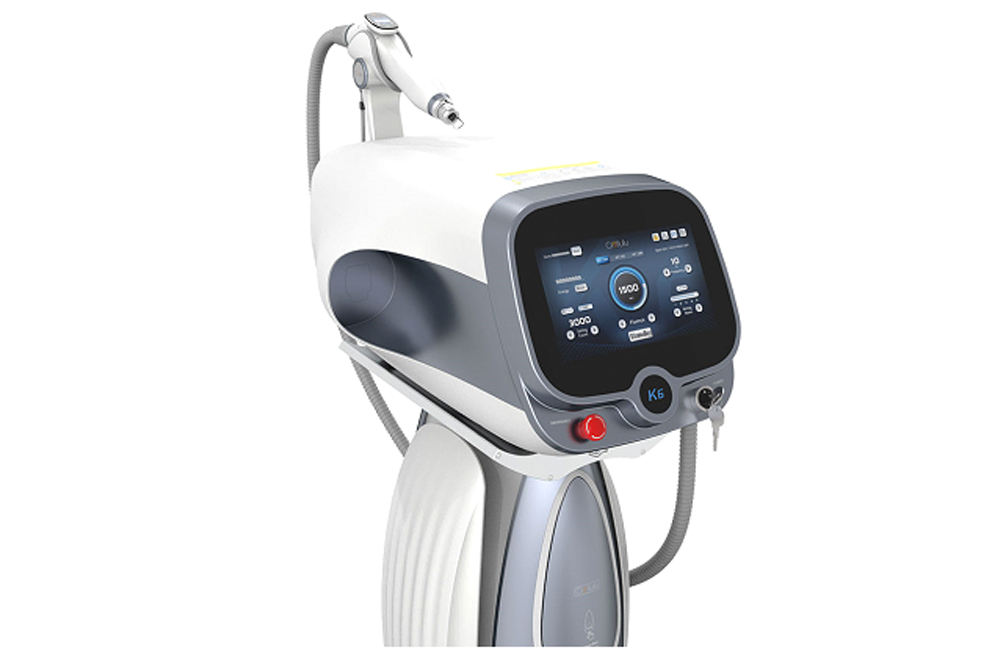
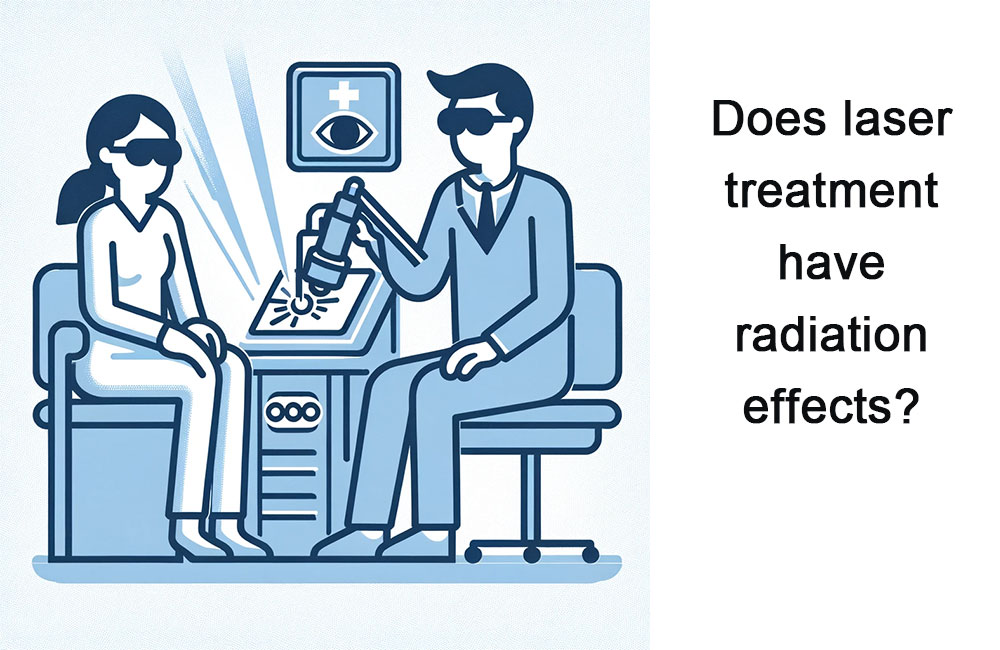


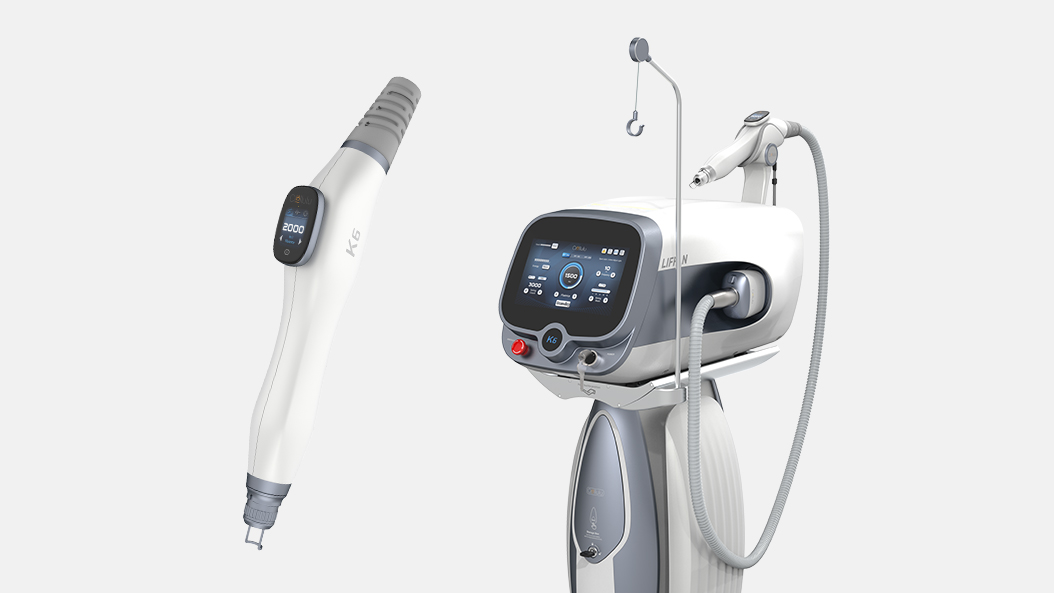

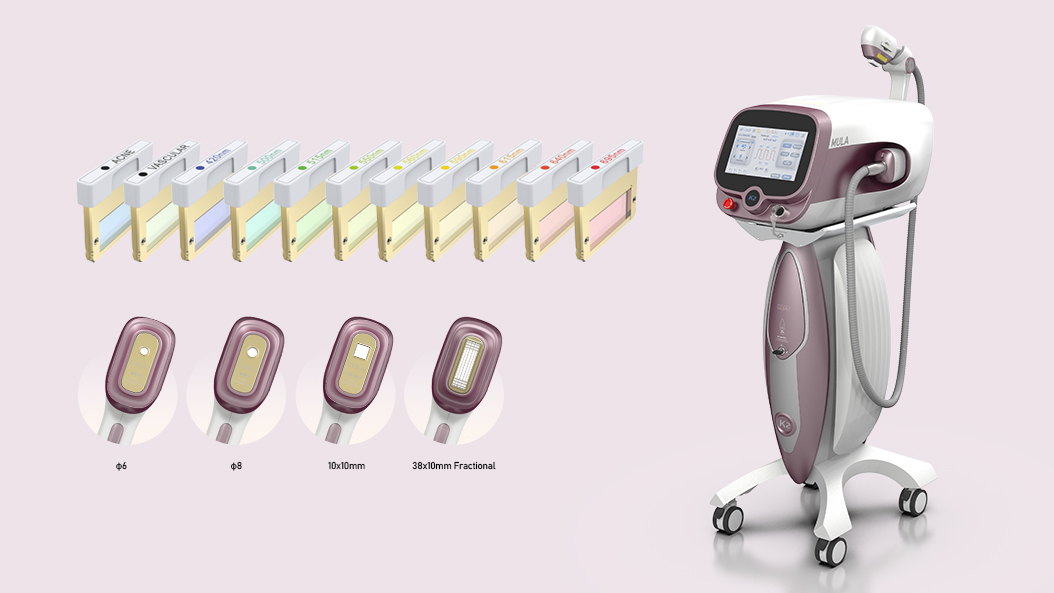





 Scan QR Code
Scan QR Code